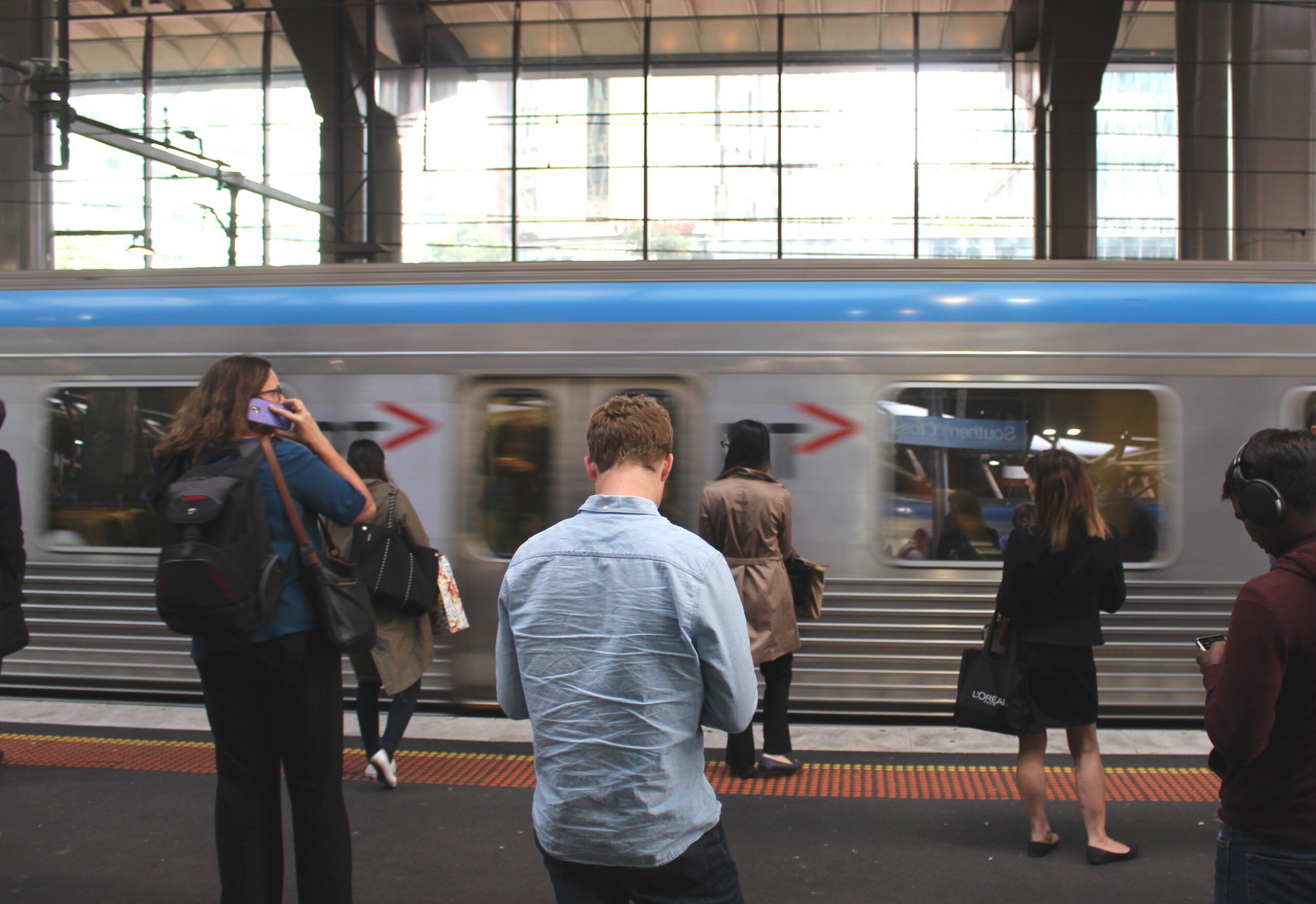Wouldn’t services every 10 minutes be overkill, especially in the outer suburbs?
If we are serious about encouraging people out of cars, high frequency services must be provided to minimise waiting times. And any area with sufficient population density to cause traffic congestion has sufficient population to support a first-rate public transport alternative.
Frequent services are also necessary from a capacity point of view. Every main road in Melbourne carries substantial traffic at most times of day. If public transport
services running along those roads, or on parallel routes, is to take a substantial amount of that traffic (in line with the government’s own 20% target, and beyond), capacity must be boosted.
For instance, in the AM peak, outer-suburban divided arterial roads carry an average of 805 people per lane per hour [VicRoads Traffic System Performance Monitoring, 2005-2006, p13]. Even assuming these roads are just two lanes each way (many sections of them would be three or more), to carry just 20% of these 1610 people per hour, in normal buses (that can seat around 45-50 people), would require services running at least about every 10 minutes.
Local bus routes, filling the gaps between the main routes, and particularly aimed at residents with limited mobility who may not be able to walk to their closest arterial road, would run less frequently, at least every half hour until midnight, connecting with railway stations and other major route interchanges.
How does this compare to other cities?
Many cities around the world have frequent services all day up to (and often beyond) midnight, including in suburban areas.
- Toronto — Many Toronto bus routes run every 10 minutes or better, even late at night, with 24-hour services common.
- London — London buses run frequently all day. Underground lines run frequently all day, and in the evening, typically every 5-10 minutes until just after midnight.
Wouldn’t it be expensive?
No, these proposals are not terribly expensive, and certainly not compared to the multi-billion dollar projects in the Eddington plan. It’s primarily about making better use of the fleet and infrastructure we have, to provide a much better standard of service.
Some expenditure would come in extending tram lines, electrifying and extending rail services, and upgrading existing routes with traffic light priority (trams and buses), upgraded signalling (train) and buying new buses.
After that, the main expense would be in hiring of new staff – mostly drivers. For the most part, we already have the fleet (trams, trains and buses) and infrastructure to handle it – with some exceptions.
Past experience, including in Melbourne, has shown that a boost in services would also be met by a boost in revenue – primarily full fare revenue, as the quality of the new services encourages car users to drive less. This would result in better cost recovery. Greater mobility for non-car users, and greater relief from petrol prices for motorists would bring huge benefits to the city.
Can our rail infrastructure handle it?
Melbourne has one of the biggest suburban train networks in the world. For the most part, the infrastructure (tracks) can handle services every 10 minutes, because many parts of the network already run at this or higher frequencies during peak hours or during special events.
There are some exceptions, and these sections would need to run at lower frequencies initially (most likely at half the 10 minute frequency, eg 20 minutes, for ease of operation), until each of these bottlenecks could be fixed.
Track duplication would need to occur on these single line sections of track:
- Dandenong to Cranbourne
- Some sections of Ringwood to Belgrave
- Some sections of Ringwood to Lilydale
- Some sections of Heidelberg to Hurstbridge
- Clifton Hill (currently underway)
- Keon Park to Epping
- Gowrie to Upfield
- Deer Park to Melton
- Altona Loop
City Loop operations would be simplified to make the best use of available capacity. Some people would need to change trains, but because of the higher frequencies, inconvenience would be minimised, and overall the system would better serve a much better variety of travel patterns.
Some signal upgrades may be required at points to improve track throughput, particularly where multiple lines converge.
The train fleet would need a small number of additional trains to handle boosted peak hour frequencies, when services currently better than 10 minutes would be maintained (or improved to assist with overcrowding), and services currently less frequent would be upgraded.


